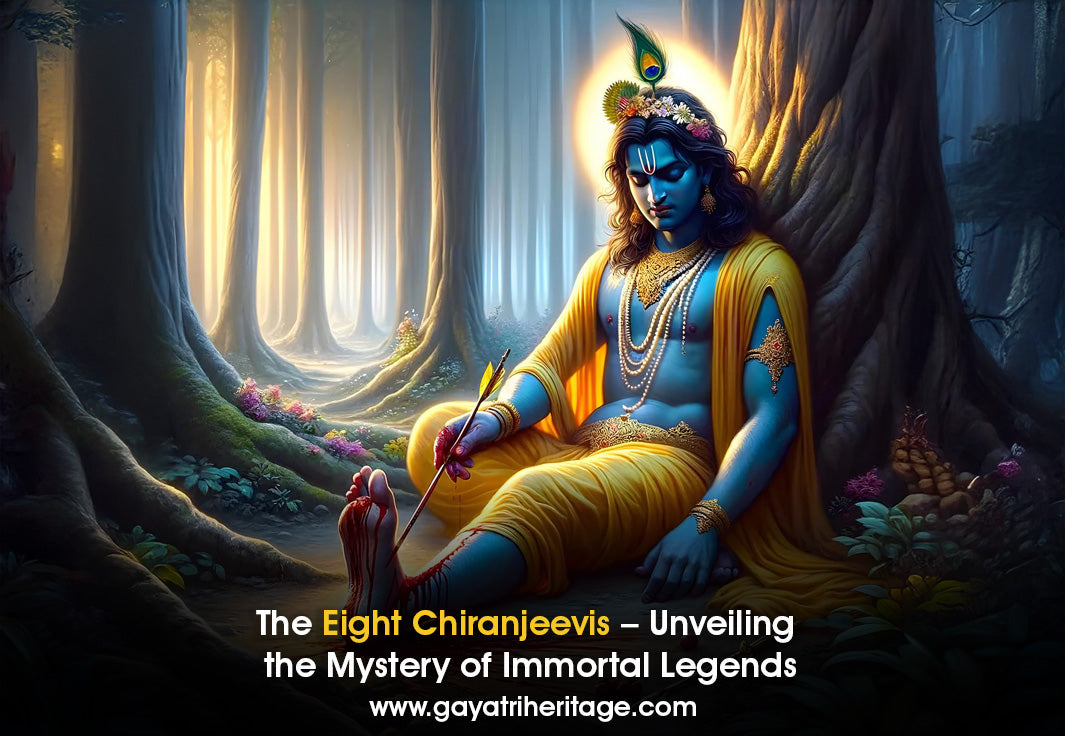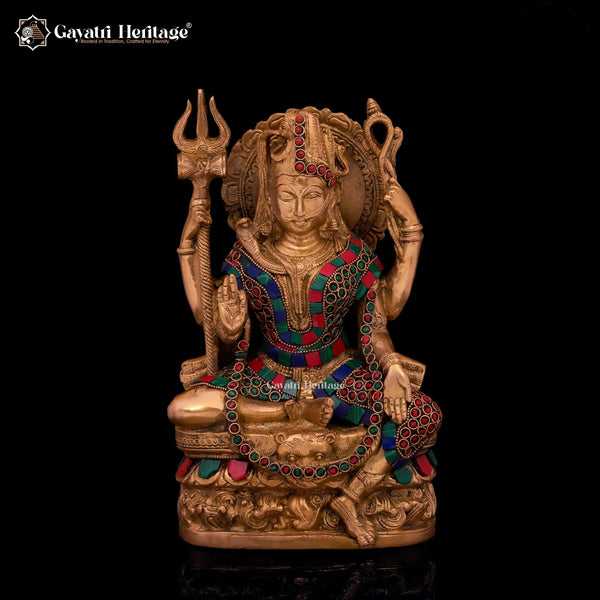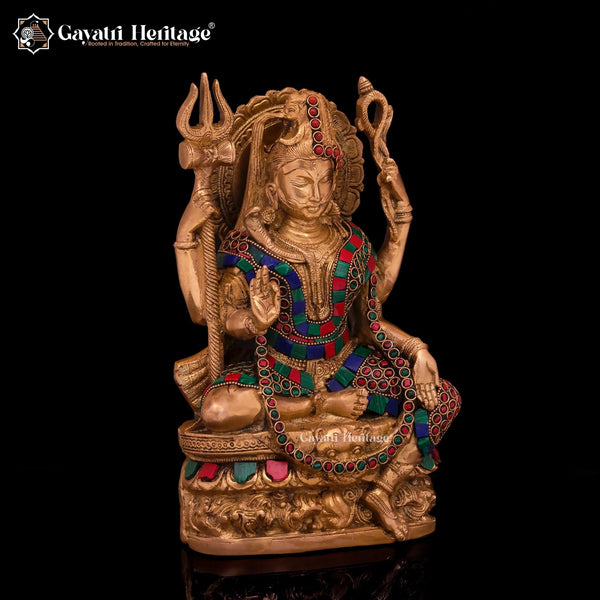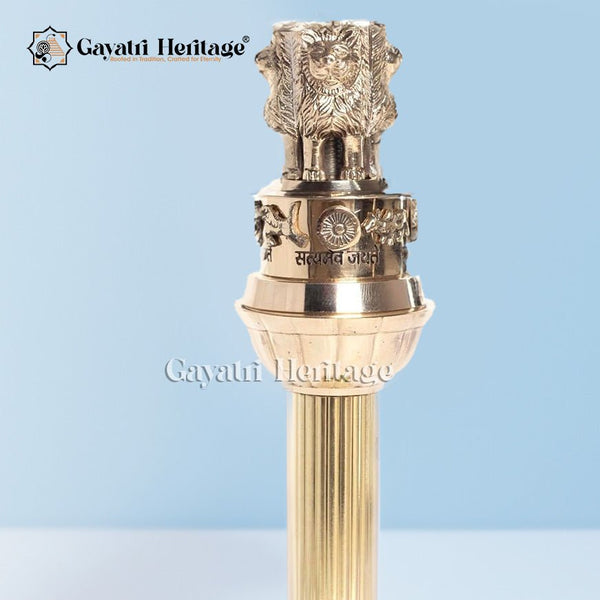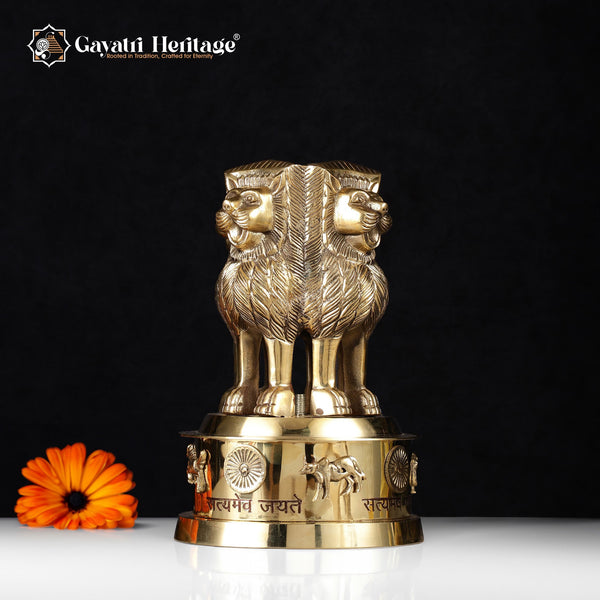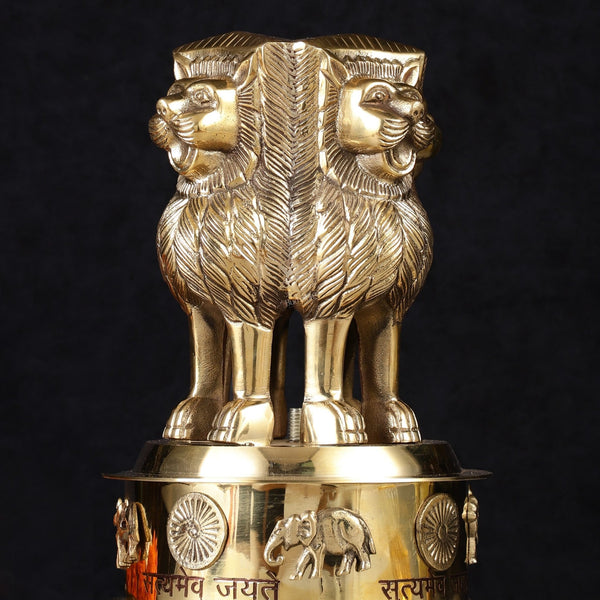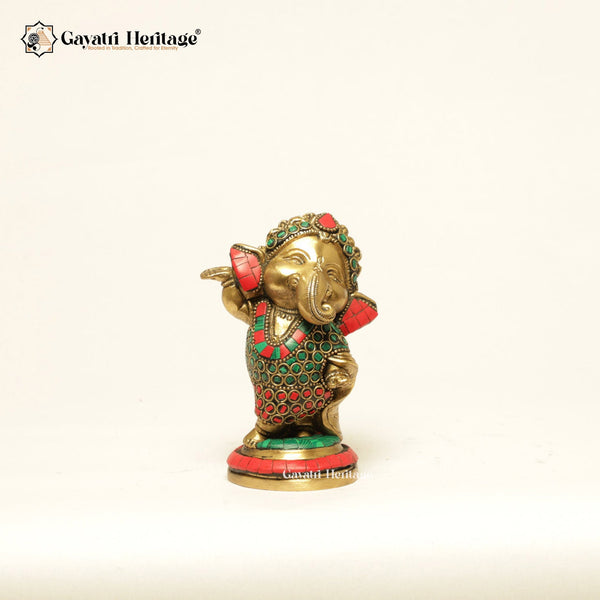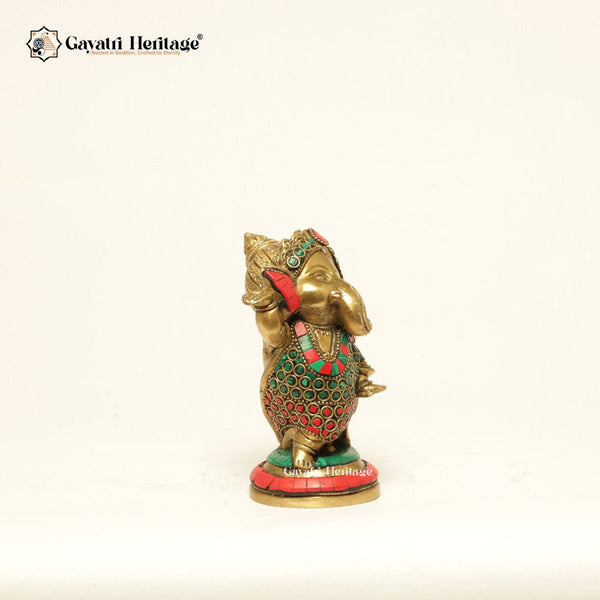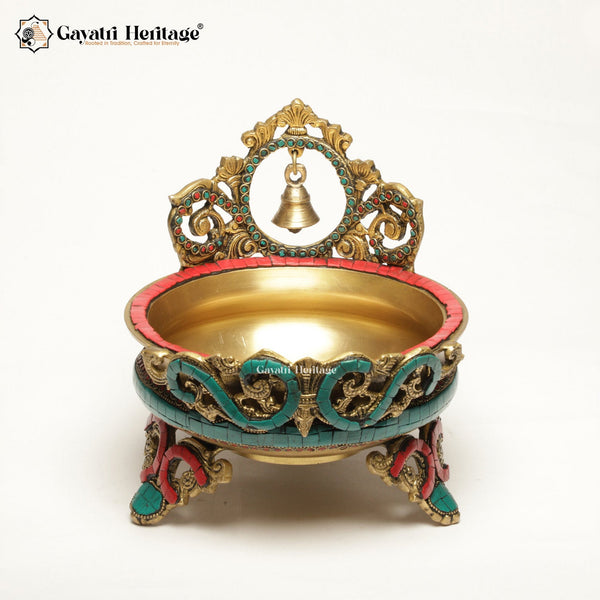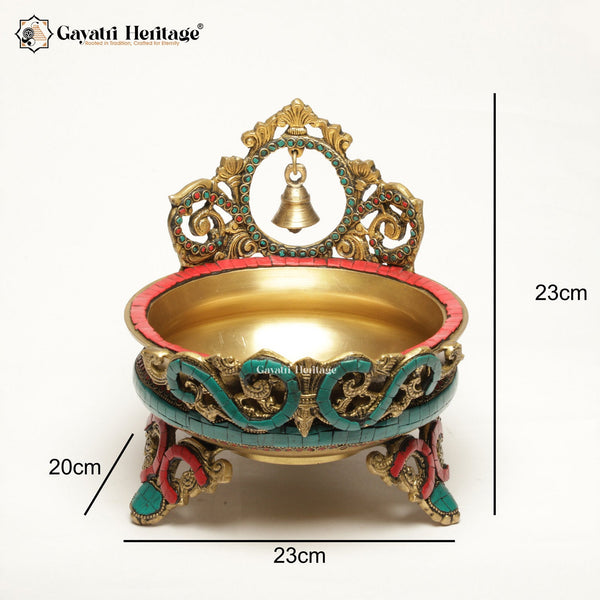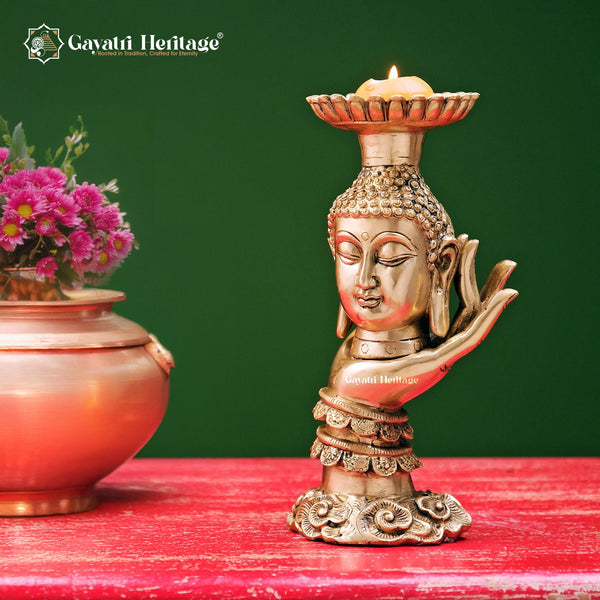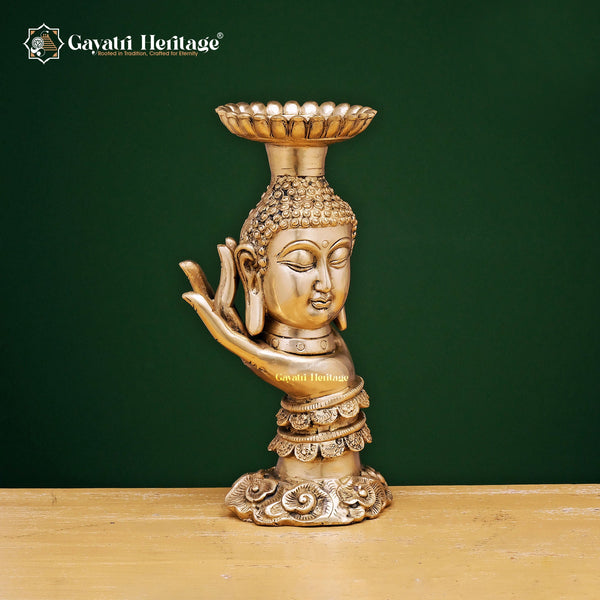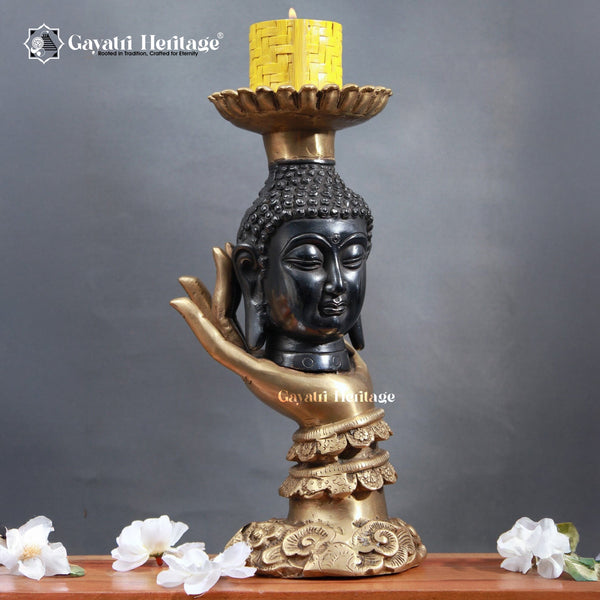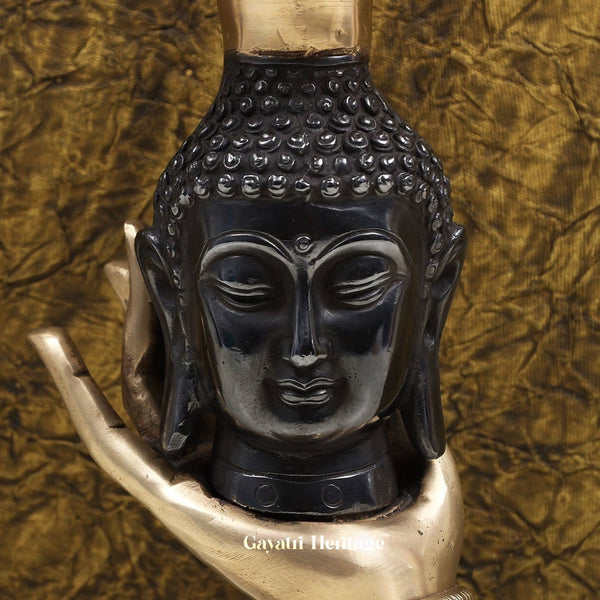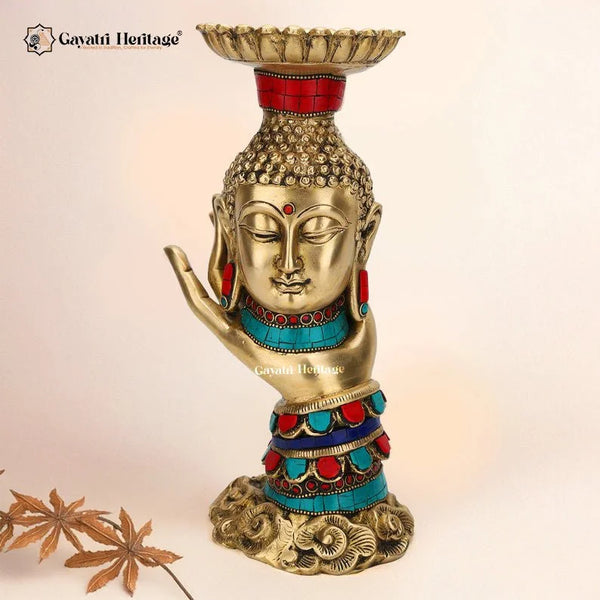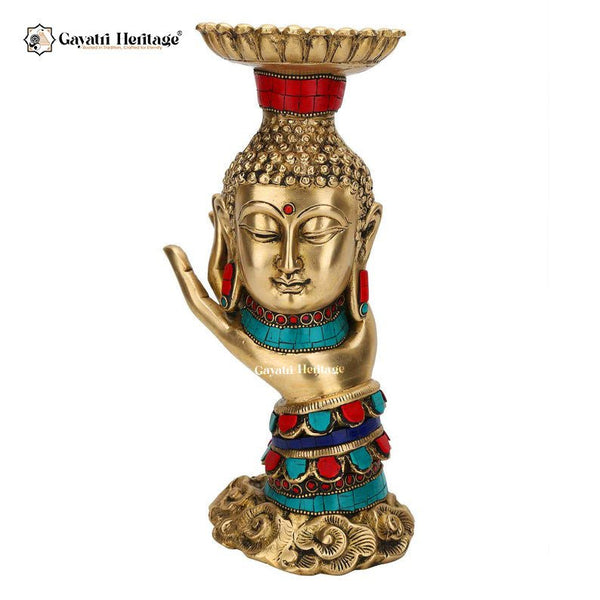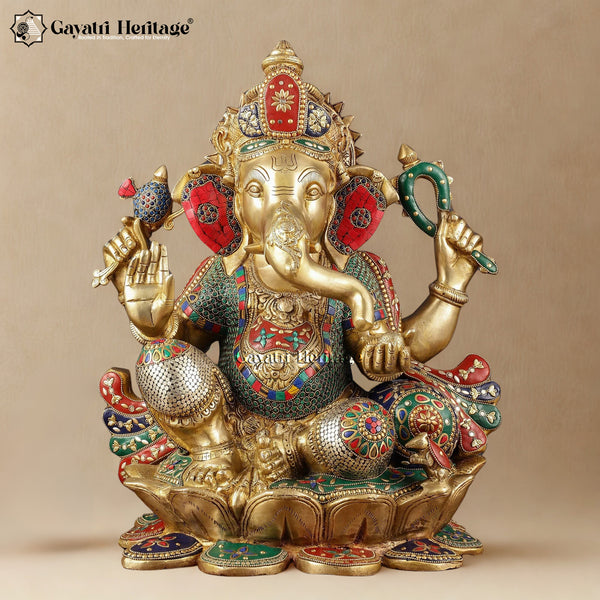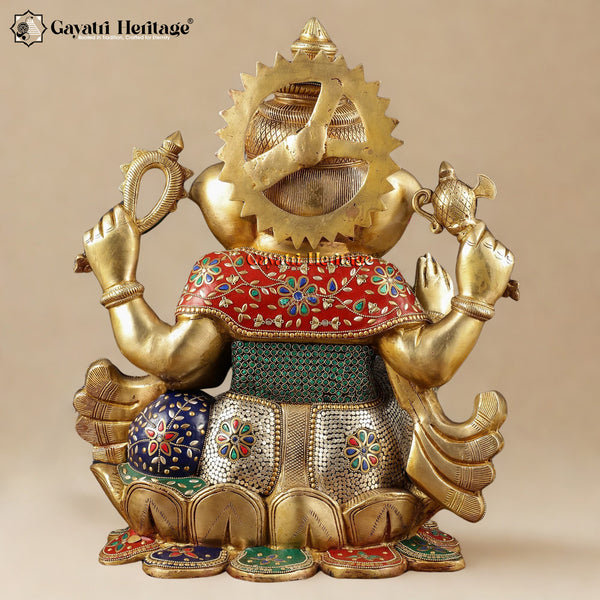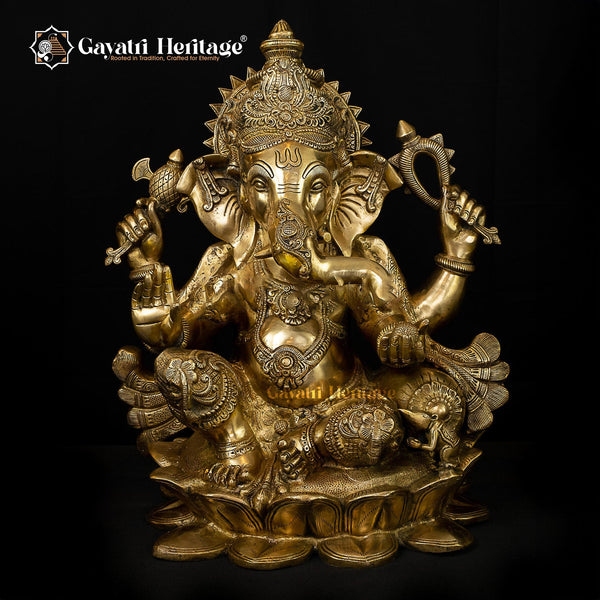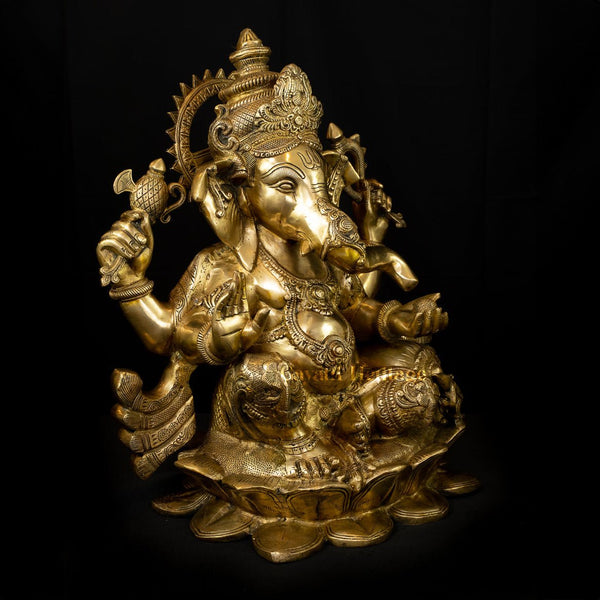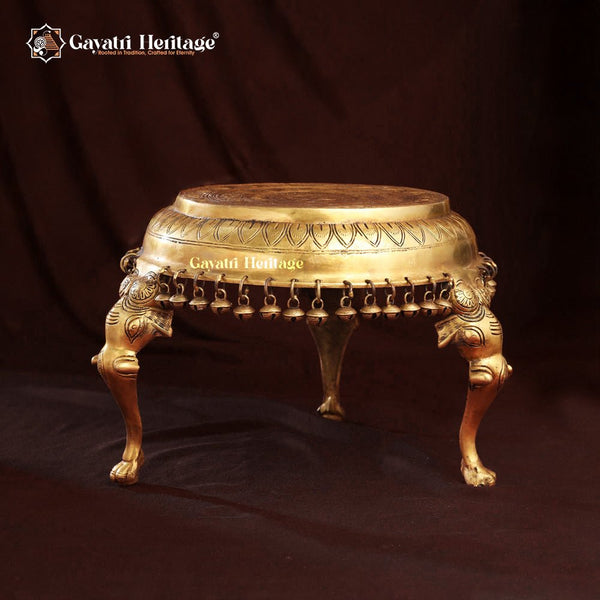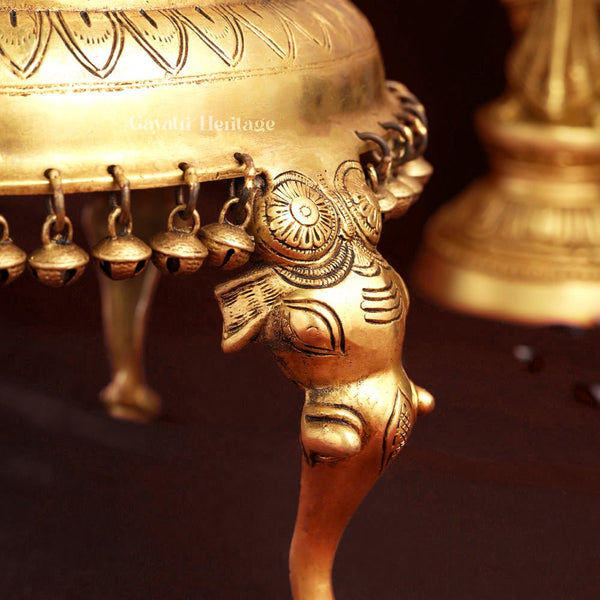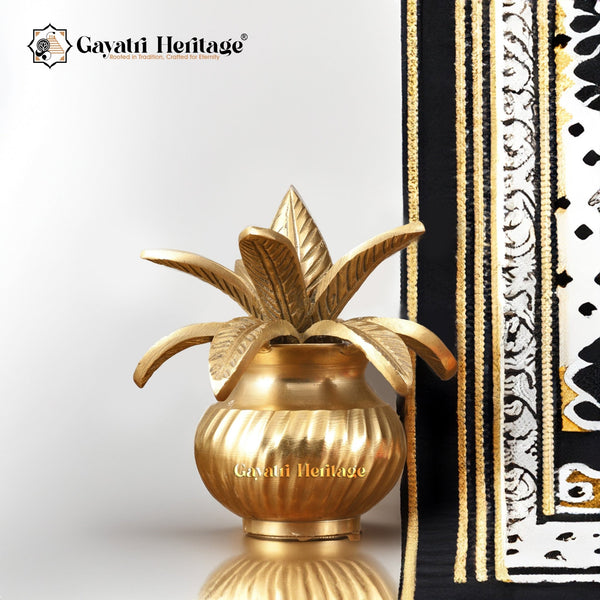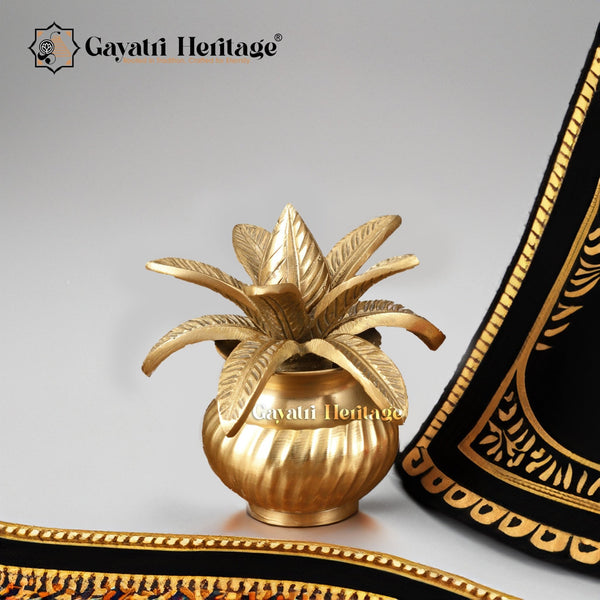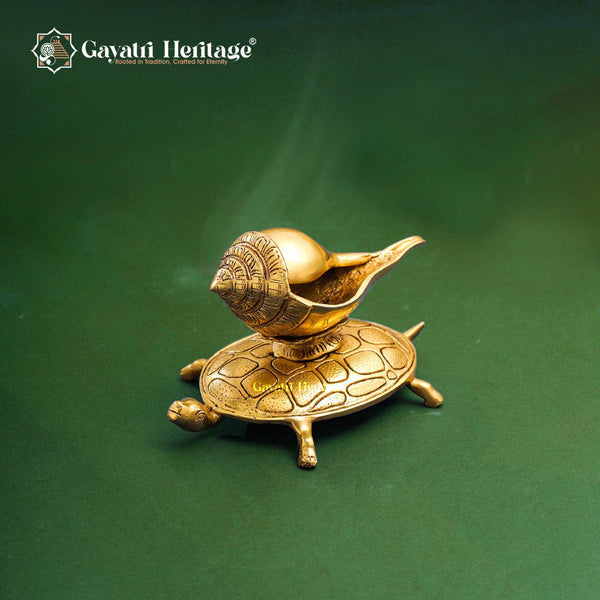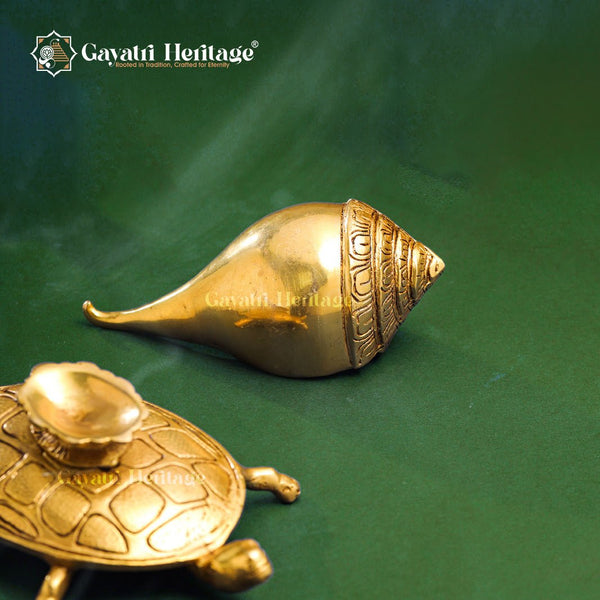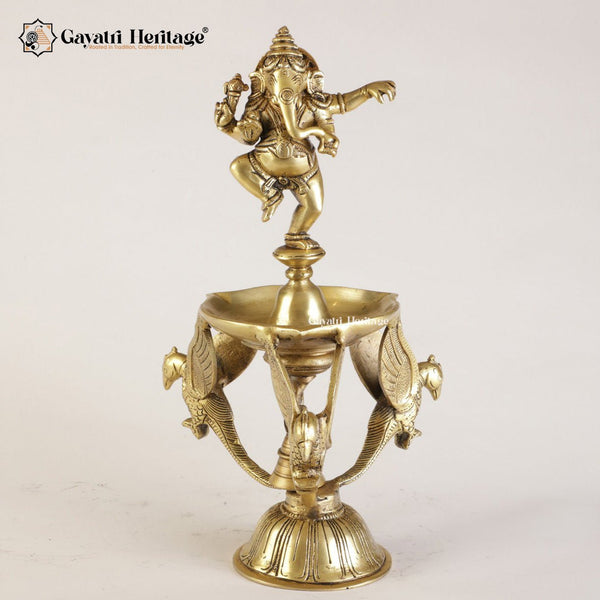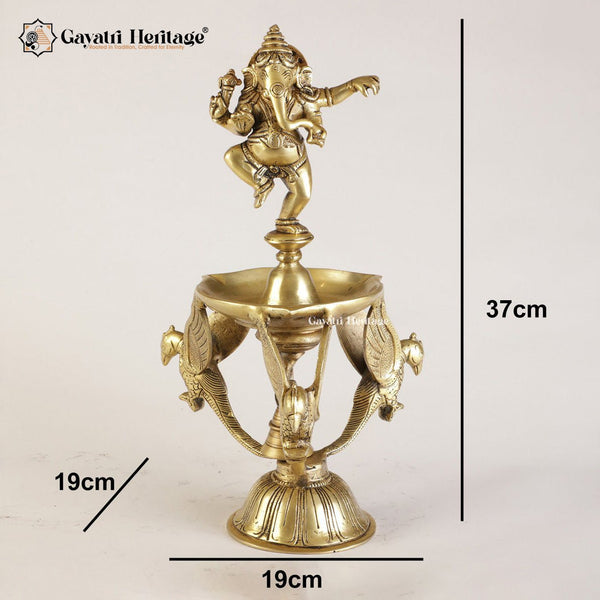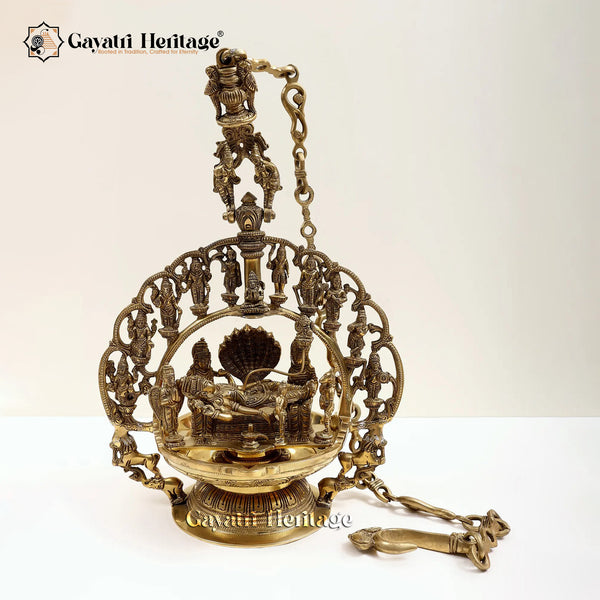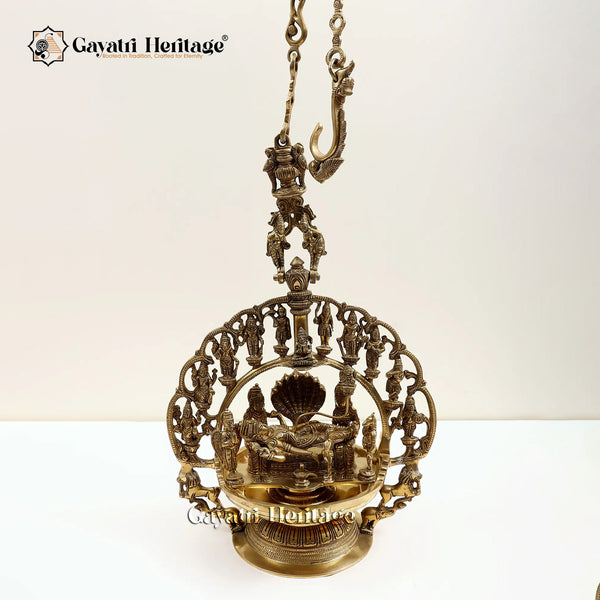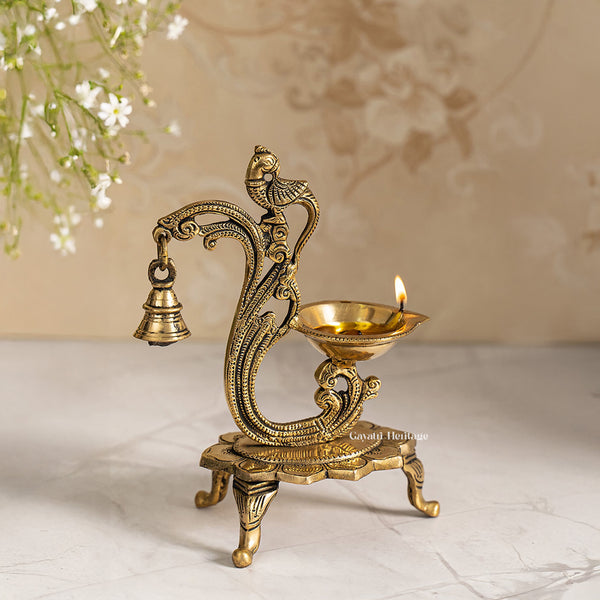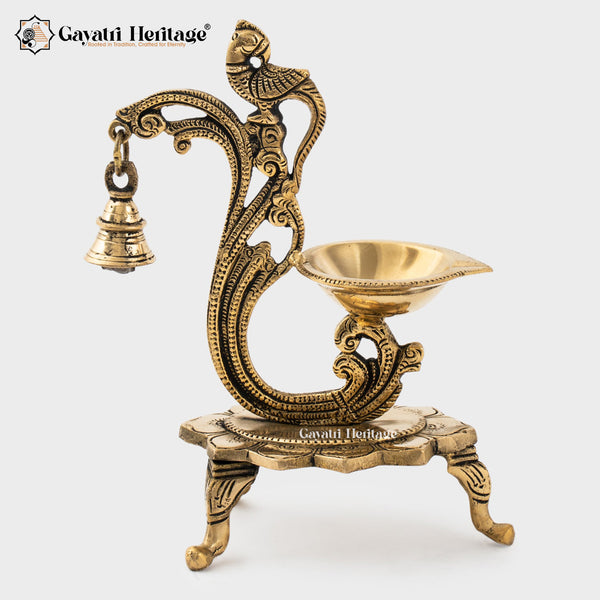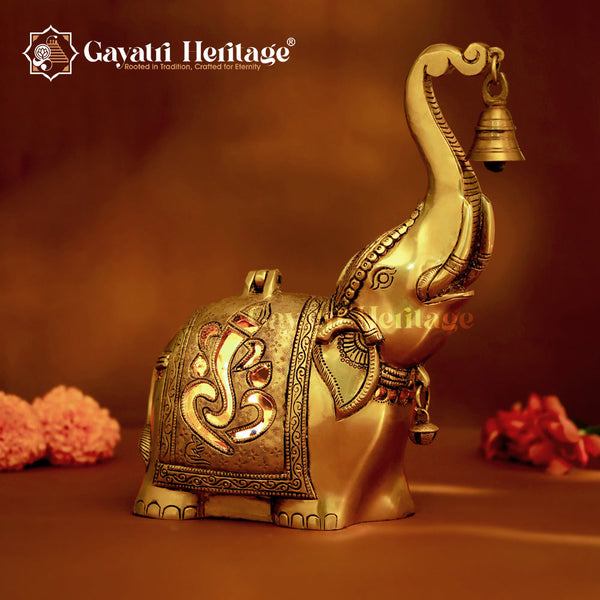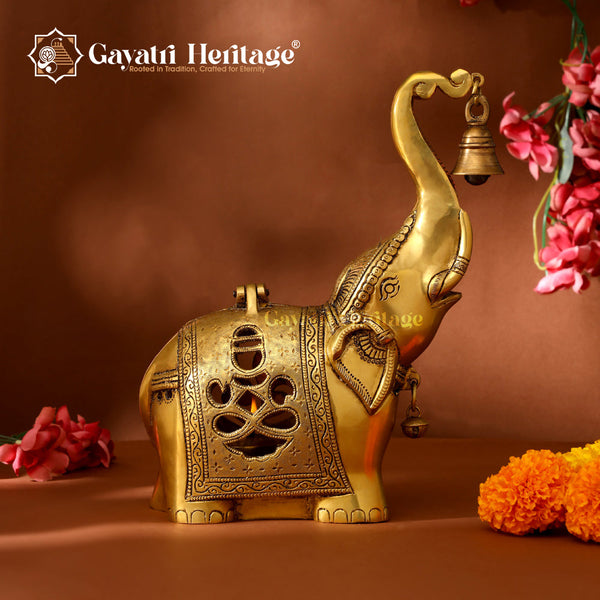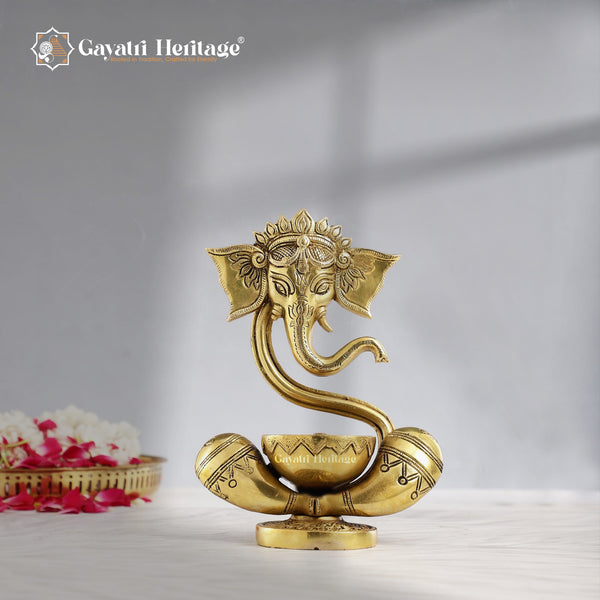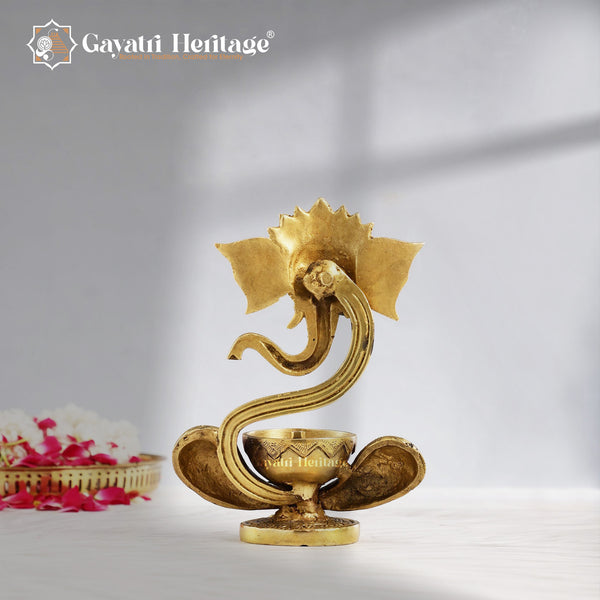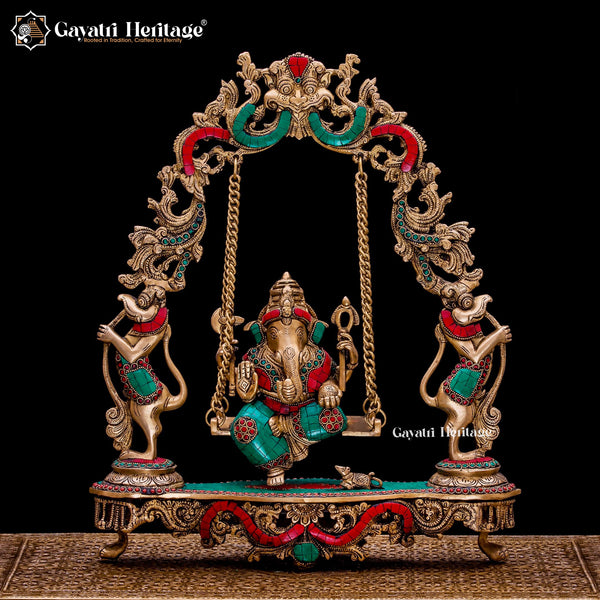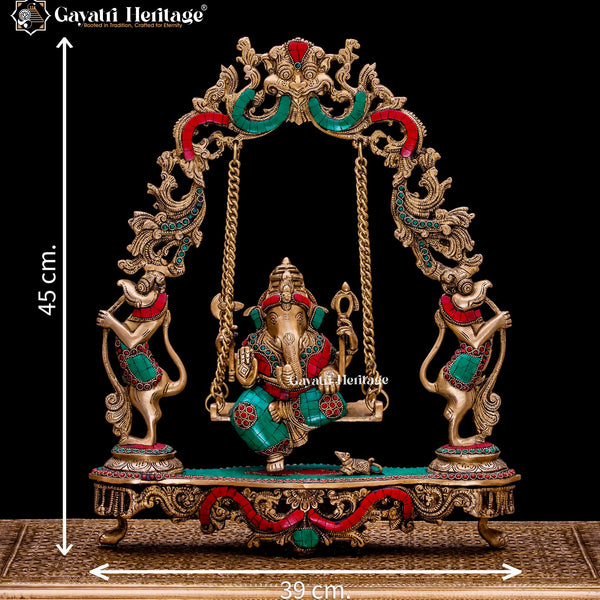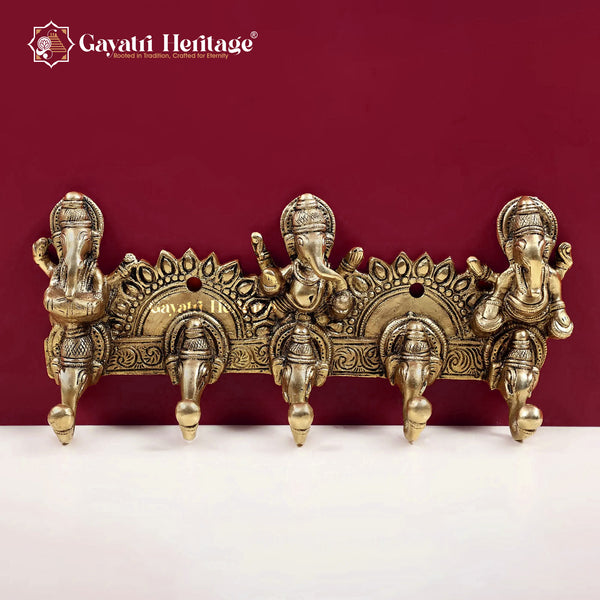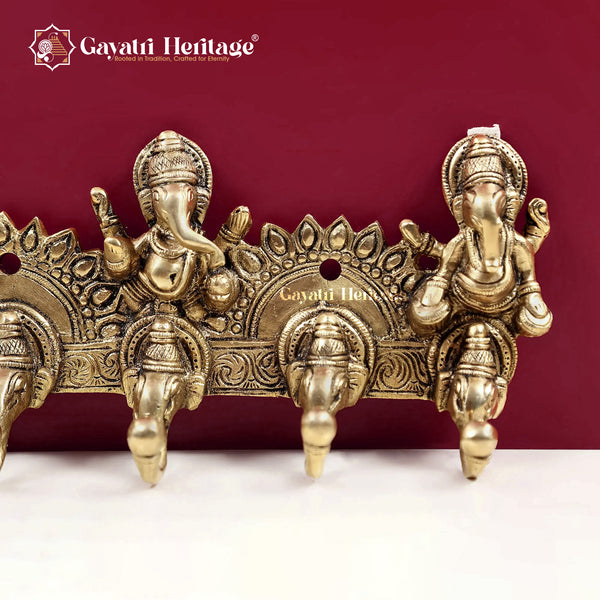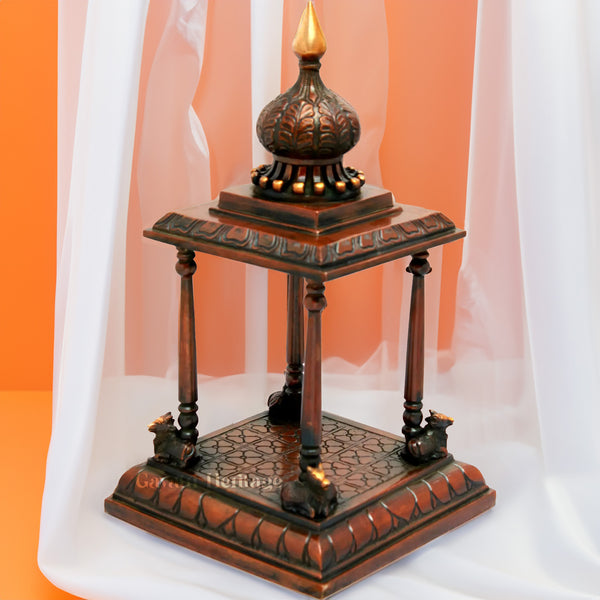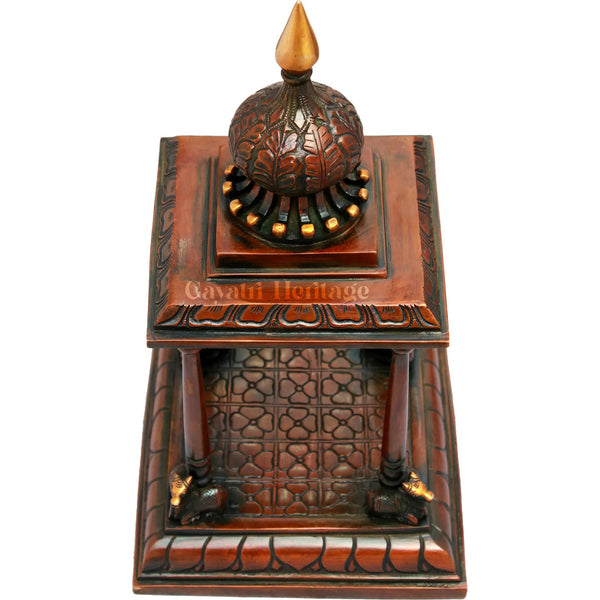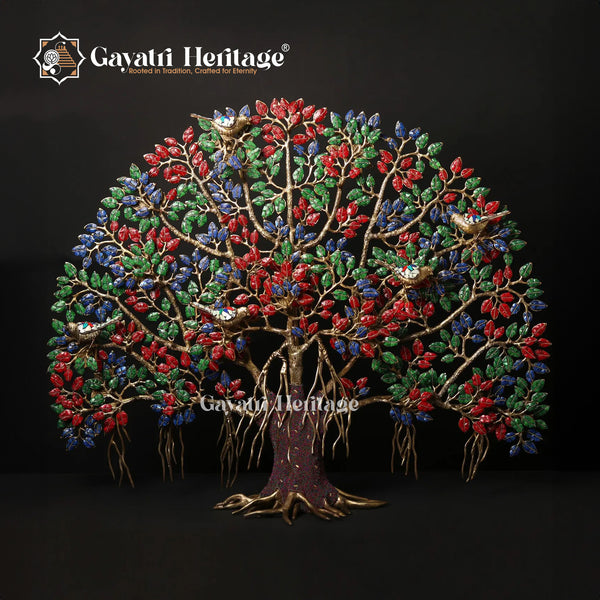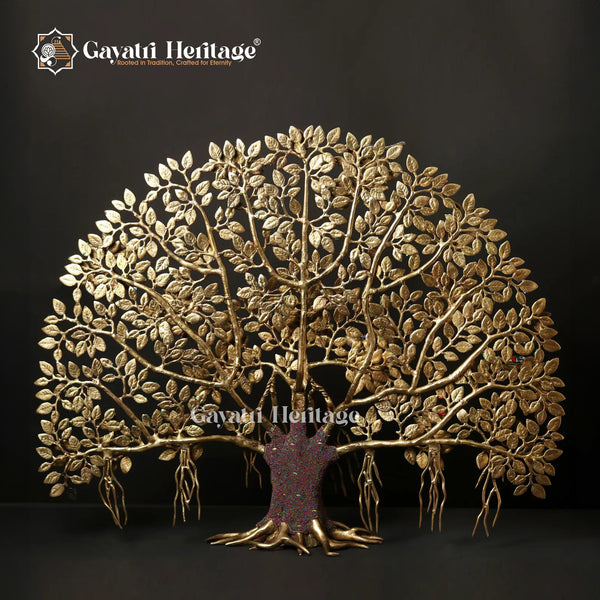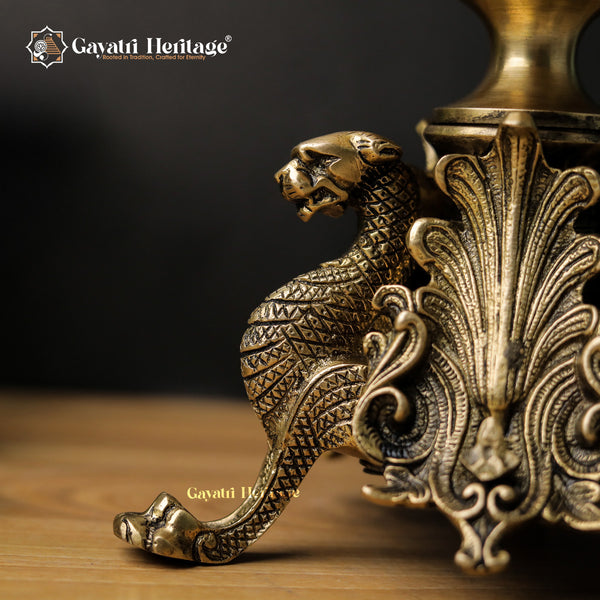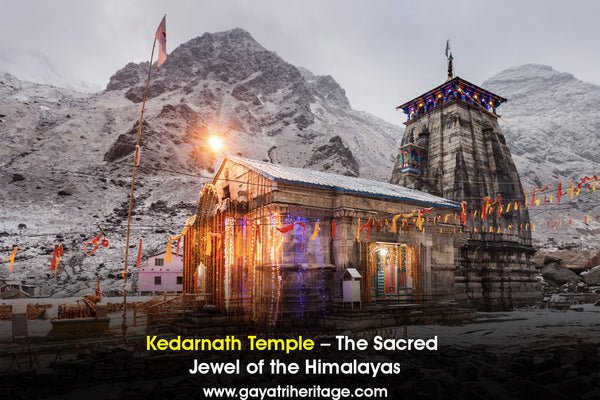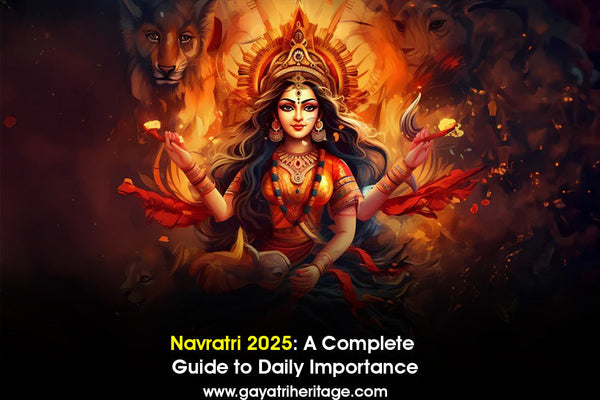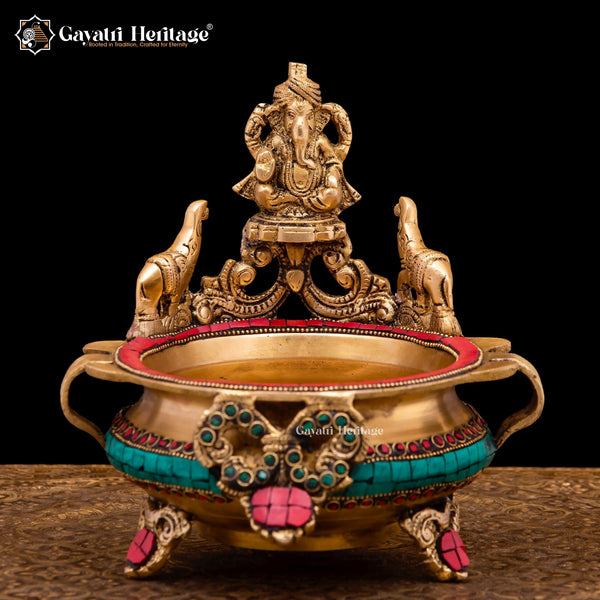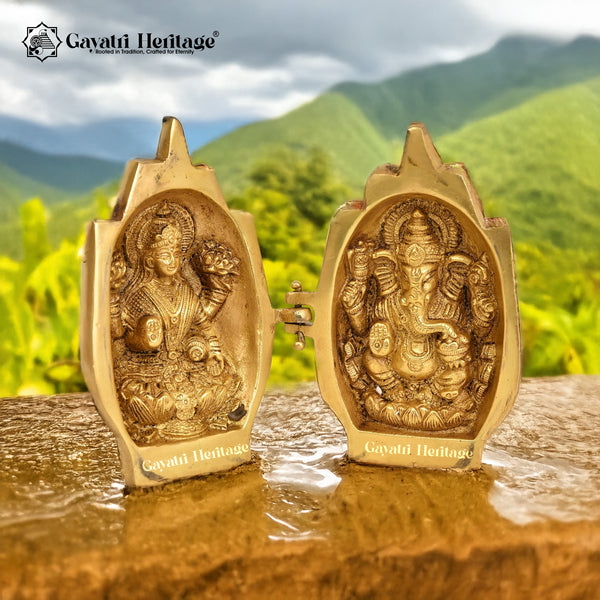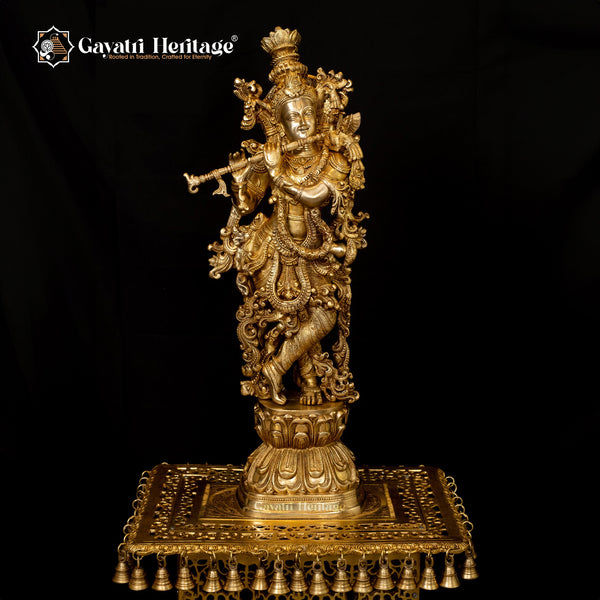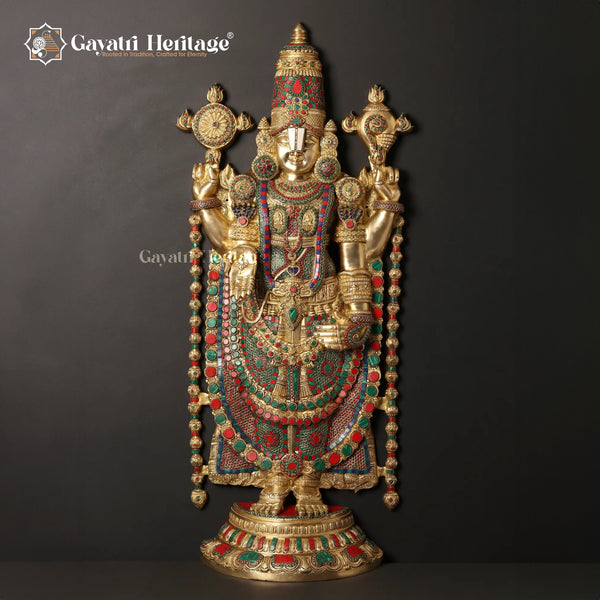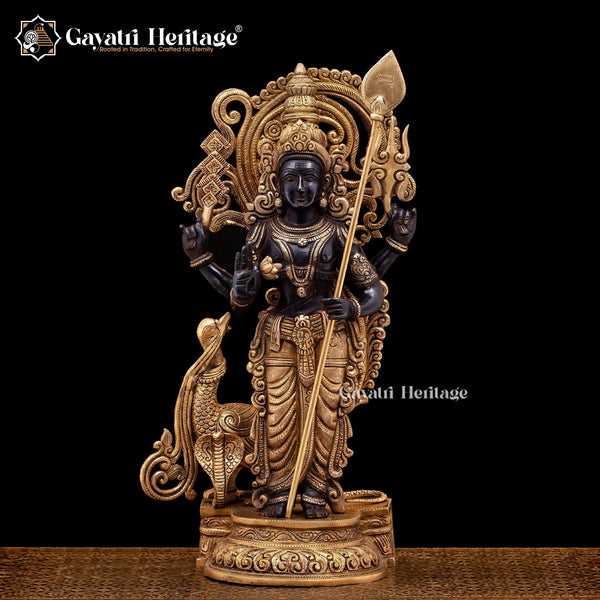Shri Krishna, the Supreme God of Hinduism, is revered not only for his childhood miracles but also for his teachings in the Bhagavad Gita. His death, however, remains a subject of great philosophical significance and is described in various texts of Hindu mythology, including the Mahabharata, Vishnu Purana, Bhagavata Purana, and other sacred scriptures. In this blog, we will delve deep into the details of the death of Shri Krishna, examining the references in Hindu Puranas and ancient literature, along with Sanskrit shlokas to understand the divine event.
The Divine Departure of Shri Krishna: An Overview
Shri Krishna’s death marks the end of the Dvapara Yuga and the transition to the Kali Yuga, according to Hindu cosmology. The Mahabharata and Bhagavata Purana narrate the details of this significant event, which occurs after the great Kurukshetra war. Krishna’s passing is not ordinary but symbolic of the impermanence of the physical body and the transcendence of the soul.
Why Did Krishna Die?
In Hindu belief, Krishna's death was inevitable as it marked the completion of his divine mission on Earth. His purpose was to rid the world of evil and restore righteousness (Dharma). Following the Kurukshetra war, with the death of his kith and kin, Krishna’s role was coming to a conclusion. His physical departure was an act of fulfilling the cosmic plan.
The Details of Shri Krishna’s Death from the Mahabharata
The death of Lord Krishna is beautifully described in the Mahabharata, particularly in the Shanti Parva. According to the epic, Krishna was sitting in the forest of Dwaraka, after his kingdom was destroyed by a mysterious calamity. The event occurs when a hunter, named Jara, mistakes Krishna’s foot for a deer and shoots an arrow that strikes him. It is said that this incident was the fulfillment of a curse by the sage Durvasa.
The Mahabharata describes Krishna’s final moments with powerful verses. Krishna, though severely wounded, remained calm and detached, showcasing his transcendental nature. His body, impervious to pain, was the vehicle of divine consciousness.
Sanskrit Shlokas from the Bhagavata Purana
The Bhagavata Purana provides another profound account of Krishna's death. Here is a shloka from the Bhagavata Purana (11.31.15) that describes the moment of Krishna’s departure:
श्रीभगवानुवाच |
न हि देहं न किञ्चित्, कर्मणि क्रियते यथा |
यस्यात्मा परमं ब्रह्म, तस्य किं मृत्युकं किल ||
Translation:
The Supreme Lord spoke: "For one who perceives the Supreme Brahman in his heart, there is no death or suffering; the physical body is just a temporary vehicle for the soul."
This shloka emphasizes that Krishna’s soul transcended the body at the time of his death, illustrating that death is only the end of the temporary body, not of the eternal soul.
The Curse of Sage Durvasa
In the Mahabharata and Vishnu Purana, it is mentioned that the death of Krishna was linked to a curse. Sage Durvasa, angered by an incident involving Krishna’s consort, cursed him that he would die at the hands of a hunter. This curse manifested when Jara, a hunter, unknowingly struck Krishna with an arrow. The hunter believed he had shot a deer, but it was Krishna’s foot he had struck.
Destruction of Dwaraka
The end of Krishna’s life also marked the destruction of his great city, Dwaraka. According to the Bhagavata Purana, the ocean swallowed the entire city, which had been submerged after Krishna’s departure. This event symbolized the collapse of the Dvapara Yuga and the onset of the Kali Yuga, the current age of material degradation.
The Role of the Yadava Dynasty
Another important detail in Krishna’s death is the destruction of his Yadava dynasty. The Mahabharata mentions that Krishna’s own relatives, intoxicated with pride, fought amongst themselves and annihilated each other, fulfilling a prophecy that the Yadava dynasty would perish due to internal discord. Krishna watched this unfold and chose to leave his mortal form in order to end the chaos.
Final Moments and Ascension to Vaikuntha
Krishna’s final moments on Earth were marked by detachment and a sense of divine fulfillment. After being struck by the hunter's arrow, Krishna left his physical body, which is symbolized by the nirvana (liberation) of his soul. He ascended to his heavenly abode, Vaikuntha, leaving behind the mortal world.
Shloka from Bhagavata Purana 11.31.15:
"तं भगवांस्तु पुष्कराक्षं, धनञ्जय महात्मनम्।
नमः शान्ताय शान्ताय श्रीविघ्नहरणाय च।"
Translation:
"Thus, the great soul Krishna, with lotus eyes, went to his eternal abode in the highest of all realms, free of all obstacles."
Conclusion: The End of an Era
Shri Krishna’s death is not just the end of his life but also the beginning of a new age. It signifies the end of Dvapara Yuga, the establishment of Kali Yuga, and the continuity of divine principles. Krishna’s death, though tragic in the human sense, serves to remind us of the impermanence of the physical body and the eternal nature of the soul.
The lessons learned from Krishna’s life and death, particularly the teachings of the Bhagavad Gita, continue to inspire millions. His departure is a profound event that transcends mere mythology, offering deep philosophical insights into life, death, and the eternal nature of the soul.
For more on Lord Krishna and his divine teachings, visit Gayatri Heritage.
